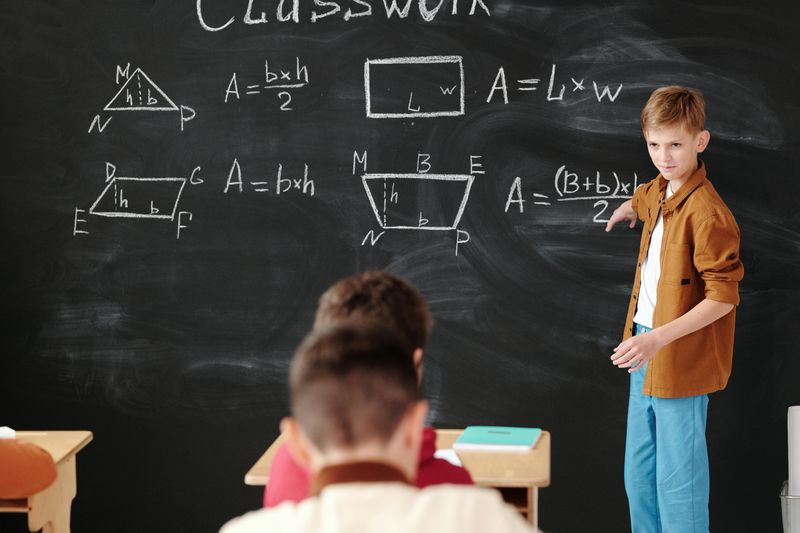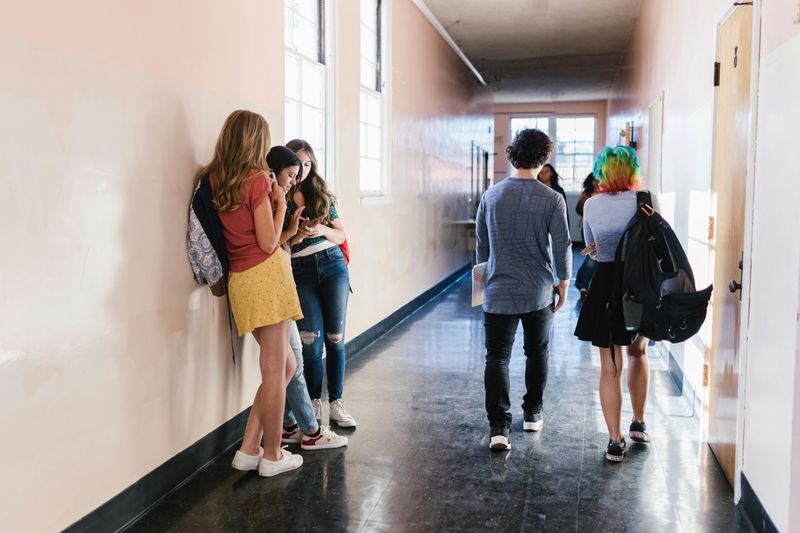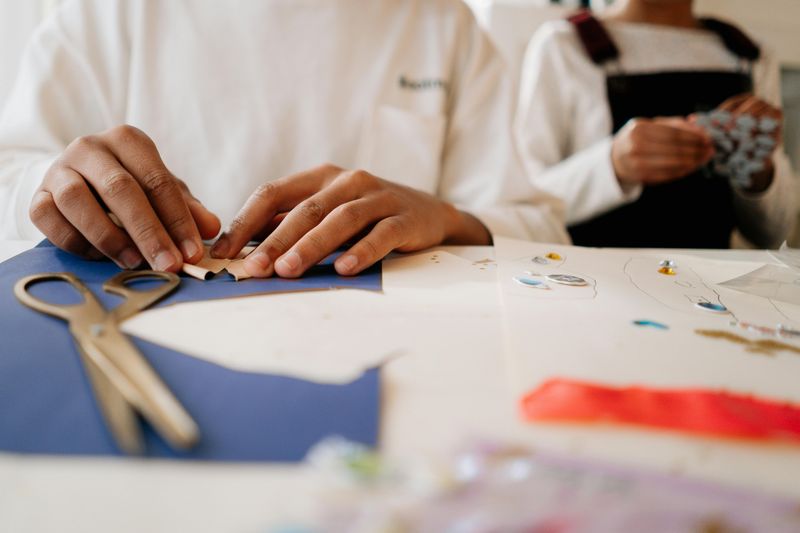10 School Rules From the 2000s That Make No Sense Now

Remember those days of low-rise jeans and flip phones? School rules from the 2000s were just as much a product of their time. As technology and society have evolved, many of those once-strict policies now seem downright silly. Let’s take a nostalgic trip back to school regulations that would baffle today’s students.
1. No Cell Phones Allowed… Ever

Back in 2003, having your Nokia brick phone visible anywhere on campus meant instant detention. Teachers treated cell phones like contraband, confiscating them on sight and sometimes keeping them until parents came for retrieval.
Schools justified this with fears of cheating and distraction, but the reality was most phones could barely send a text message, let alone access the internet. Meanwhile, computer labs were scheduling nightmares with their 45-minute weekly slots.
Fast forward to today where smartphones are essential learning tools in many classrooms. Schools now teach digital citizenship rather than pretending technology doesn’t exist.
2. Strict Dress Code Measuring Shorts with Rulers

Armed with actual rulers, teachers patrolled hallways during warmer months, stopping girls to measure the length of their shorts or skirts. The infamous ‘fingertip rule’ required clothing to extend beyond your fingertips when arms hung at your sides.
Boys rarely faced the same scrutiny, despite baggy pants hanging well below their waists. The double standard was glaring, yet administrators insisted these rules maintained a ‘distraction-free’ learning environment.
Today’s schools increasingly recognize that policing female bodies creates more disruption than the clothing itself, with many adopting more equitable, practical dress codes focused on basic coverage rather than arbitrary measurements.
3. Mandatory Cursive Writing Lessons

Hours upon hours spent forming perfect loops and connecting letters. Cursive writing was treated as an essential skill, with teachers warning we’d need it for everything from signing important documents to writing high school essays.
Workbooks filled with repetitive exercises dominated language arts periods. Students with motor skill difficulties or left-handedness often struggled needlessly with this mandatory curriculum.
Now, with keyboards dominating written communication and even legal signatures becoming digital, cursive has largely disappeared from core requirements. Most modern students can type faster than they can write in any style, making cursive more of an art form than a necessity.
4. Computer Lab Internet Restrictions

Imagine trying to do research in the 2000s with school internet filters that seemed designed to block anything remotely useful—educational websites were frequently blacklisted for no clear reason, even though basic search engines sometimes managed to sneak past.
Computer teachers hovered nervously, watching screens for any unauthorized activity. The paranoia extended to ridiculous levels – some schools even blocked access to weather websites and online dictionaries out of fear students might somehow find inappropriate content.
Current technology education acknowledges that students need to learn responsible internet use through guided access, not blanket restrictions. Today’s schools focus on teaching digital literacy skills rather than pretending the internet is too dangerous to explore.
5. Zero Tolerance for Toy Weapons (Even Paper Ones)

Folding a piece of paper into a triangular football could land you in the principal’s office. Schools implemented extreme policies where anything remotely resembling a weapon – including finger guns, drawings of swords, or a Pop-Tart bitten into a vague gun shape – triggered automatic discipline.
One infamous case involved a 7-year-old suspended for chewing his breakfast pastry into what administrators deemed a gun shape. Playground games like cops and robbers became forbidden activities under these rigid rules.
Modern approaches focus more on context and intent rather than zero-tolerance blanket bans. Schools now recognize the difference between genuine threats and innocent play or artistic expression.
6. Encyclopedia-Only Research Requirements

Remember trudging to the library to find information in massive encyclopedia volumes? Many 2000s teachers refused to accept internet sources, requiring bibliography entries exclusively from printed materials.
The rule persisted even as Wikipedia and legitimate online academic resources expanded. Students wasted countless hours copying information that could have been accessed in seconds online, all because of outdated notions about internet reliability.
Today’s educational approach teaches critical evaluation of all sources rather than dismissing digital ones outright. Modern assignments focus on distinguishing credible information regardless of medium, preparing students for a world where most research happens digitally.
7. Bathroom Pass Limitations

The dreaded bathroom pass system restricted students to just three bathroom breaks per semester in some schools. Teachers tracked these precious passes in official logs, forcing kids to choose between physical comfort and saving passes for ’emergencies.’
Students with medical conditions often faced embarrassment explaining their situations. The underlying assumption that teenagers couldn’t be trusted to use the restroom appropriately created unnecessary anxiety and distraction from learning.
Current educational approaches recognize that basic bodily functions shouldn’t be regulated so strictly. Many schools have adopted more humane policies that trust students to manage their own needs while maintaining reasonable accountability.
8. Banning All Personal Electronic Devices

CD players, Game Boys, and early iPods were treated like contraband in 2000s schools. Even having these devices in your backpack could result in confiscation, regardless of whether they were used during class time.
Bus rides and lunch periods remained technology-free zones under these sweeping bans. The policy failed to distinguish between appropriate and inappropriate times for personal electronics, treating all usage as equally disruptive.
Modern schools have largely embraced technology, recognizing that teaching responsible use is more effective than prohibition. Many now incorporate personal devices into lessons and allow them during designated free periods, preparing students for a world where technology management is an essential skill.
9. Mandatory Participation in Public Speaking

Forcing every student to present in front of the class was standard practice, regardless of anxiety levels or learning differences. Teachers dismissed legitimate social anxiety as simple shyness that students needed to ‘get over.’
Grades often depended heavily on these performances, penalizing students with communication disorders or social phobias. The one-size-fits-all approach ignored the genuine panic some students experienced when forced into spotlight situations.
Current educational methods offer multiple assessment options that can demonstrate the same knowledge through different formats. Schools increasingly recognize that communication skills can be developed through various means, not just traditional stand-and-deliver presentations.
10. No Wikipedia Allowed Under Any Circumstances

Teachers in the 2000s had an irrational hatred of Wikipedia. The mere mention of the site in a bibliography would earn an automatic failing grade, even as the platform developed extensive citation requirements and expert oversight.
Students learned to secretly use Wikipedia for research, then find the same information in ‘approved’ sources to cite instead. This workaround wasted time without teaching actual research skills or source evaluation.
Today’s educators take a more nuanced approach, teaching students to use Wikipedia as a starting point while verifying information through its citations. The focus has shifted to understanding how collaborative knowledge works rather than rejecting valuable resources outright.

Comments
Loading…